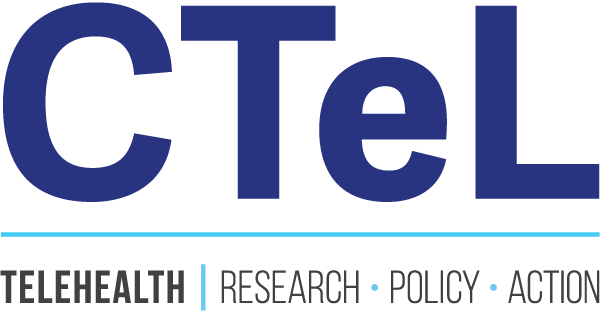Continuous AI Evaluation: The Path to Responsible Innovation in Healthcare
The rapid integration of artificial intelligence (AI) into healthcare has presented both exciting opportunities and serious challenges. AI-driven tools are increasingly being used to assist in everything from diagnostics to clinical decision-making, with the potential to revolutionize patient care. However, a recent study published in JAMA underscores the critical importance of continuous AI evaluation. While AI has demonstrated its ability to streamline workflows and improve outcomes, the study highlights the necessity of regularly reassessing AI systems to ensure their long-term efficacy, safety, and fairness.
Key Findings from the JAMA Study: Risks and Imperatives
Algorithm Drift: One of the study’s major concerns is the phenomenon of algorithm drift. This occurs when AI models deviate from their original performance due to evolving clinical practices, changes in data inputs, or shifts in the healthcare environment. For example, an AI model trained on data from a specific population may underperform when applied to a different demographic, leading to misdiagnoses or incorrect treatment recommendations.
Bias and Fairness: The study also delves into the issue of bias within AI algorithms. If AI systems are trained on skewed or incomplete datasets, they may inadvertently reinforce healthcare inequities. For instance, if an AI model is primarily trained on data from one racial group, it may yield less accurate results for other racial or ethnic groups. The JAMA study stresses that ensuring diversity in training datasets is crucial to avoid perpetuating existing disparities in healthcare.
Regulatory Oversight: Another key area of concern is the lack of robust, ongoing regulatory oversight. While traditional medical devices and drugs undergo strict pre-approval processes, AI technologies are constantly evolving, often without sufficient post-deployment evaluation. This could lead to unforeseen safety risks. The study advocates for a more dynamic regulatory framework that continuously monitors AI systems in real-world clinical settings, ensuring they remain safe and effective over time.
Real-World Validation: The study calls for AI tools to be rigorously tested using real-world data before being widely adopted in healthcare settings. Many AI systems show promising results in controlled environments but may falter when exposed to the complexities of everyday clinical practice. Continuous real-time data validation is essential to ensure AI systems perform as expected across diverse patient populations and scenarios.
Embracing Innovation While Ensuring Safety
While the potential risks of AI are clear, the study does not suggest shying away from the technology. Rather, it advocates for a thoughtful and responsible approach to AI implementation in healthcare. Innovation and safety are not mutually exclusive; by adopting continuous evaluation and oversight mechanisms, healthcare can fully embrace AI's potential while minimizing patient risks.
The study’s key recommendations for safely integrating AI into healthcare include:
Continuous Performance Monitoring: AI models should undergo regular performance assessments, especially after deployment, to ensure they continue to deliver accurate, unbiased, and safe results.
Transparent Reporting: AI developers and healthcare organizations must prioritize transparency by sharing data on how AI systems are performing in real-world settings. This could lead to an improved understanding of how these tools impact patient care.
Collaborative Oversight: Regulatory bodies, healthcare providers, and AI developers should collaborate to create more dynamic oversight mechanisms that can adapt to the fast-paced evolution of AI technology.
CTeL’s Role in Shaping AI’s Future in Healthcare
The CTeL AI Blue Ribbon Collaborative is a pioneering initiative that assembles a distinguished panel of experts to act as an independent resource for your clinical and legal questions regarding the use of AI.
At the forefront of this effort, the Center for Telehealth & e-Health Law (CTeL) has launched its AI Blue Ribbon Collaborative. This initiative brings together leading experts in healthcare, AI, policy, and law to develop industry standards and guidelines for AI implementation in telehealth and digital health. The collaborative aims to address some of the key concerns highlighted in the JAMA study by focusing on the development of best practices, resources, and ongoing evaluation tools for AI in healthcare.
CTeL’s AI Blue Ribbon Collaborative is committed to providing its members with cutting-edge information on AI's potential in telehealth, ensuring that new technologies not only enhance patient care but do so safely and equitably. By fostering dialogue between stakeholders and driving the creation of industry standards, CTeL is playing a pivotal role in ensuring AI technologies are responsibly integrated into the healthcare system.
As AI continues to evolve, initiatives like CTeL’s collaborative will be crucial in guiding its development, balancing the excitement of innovation with the need for continuous evaluation and oversight.
For more details on the study, you can access the full research here.


